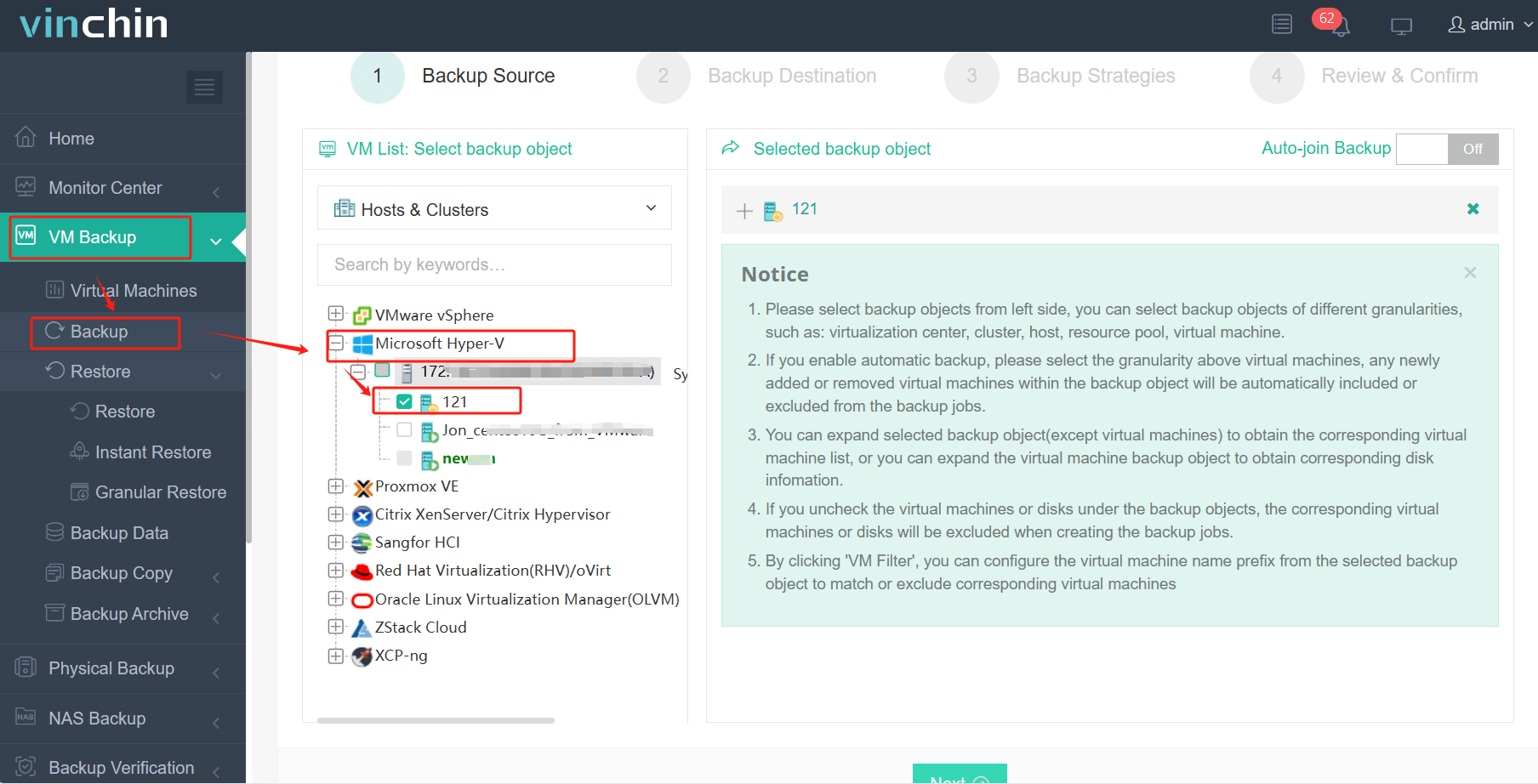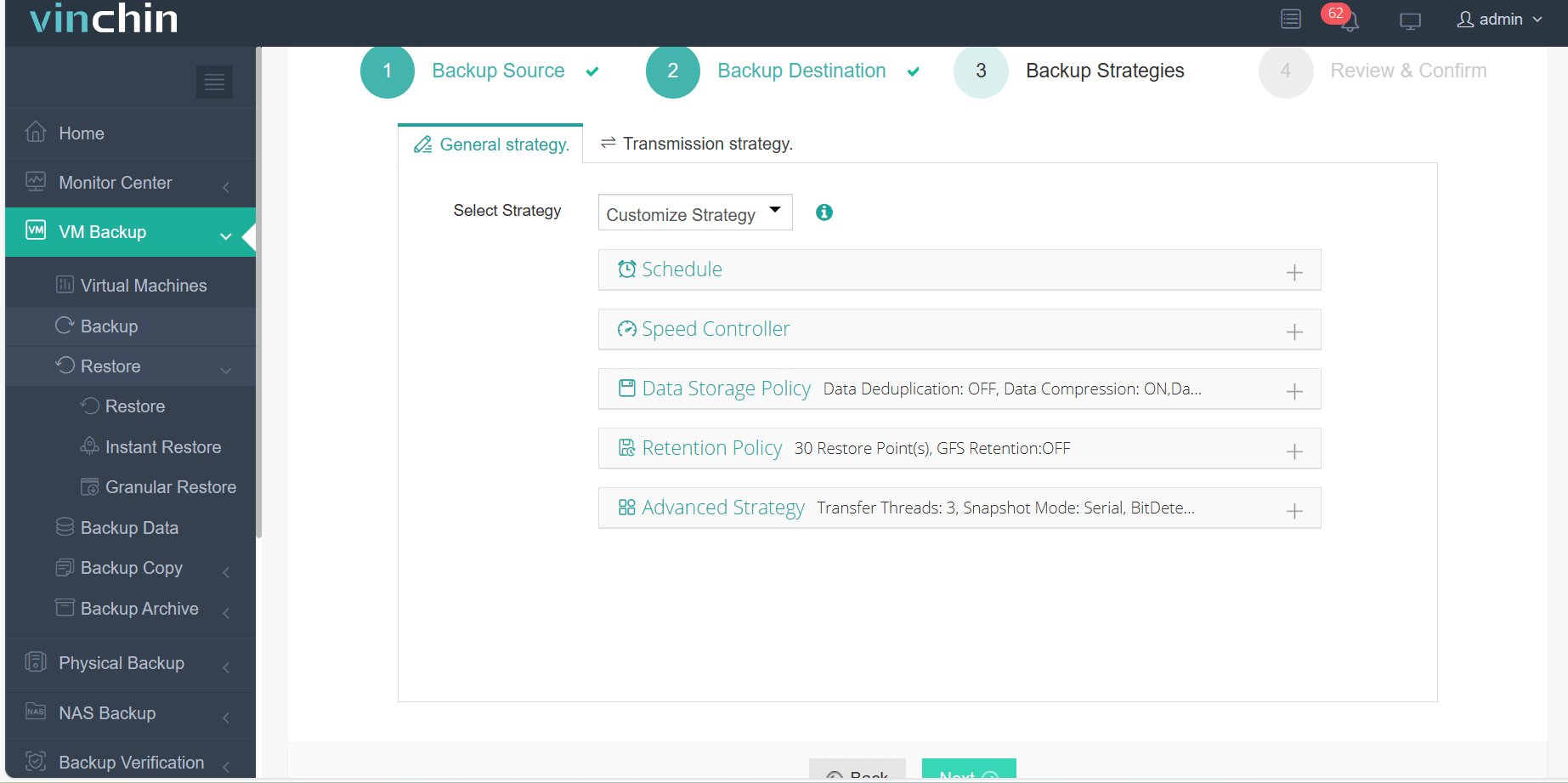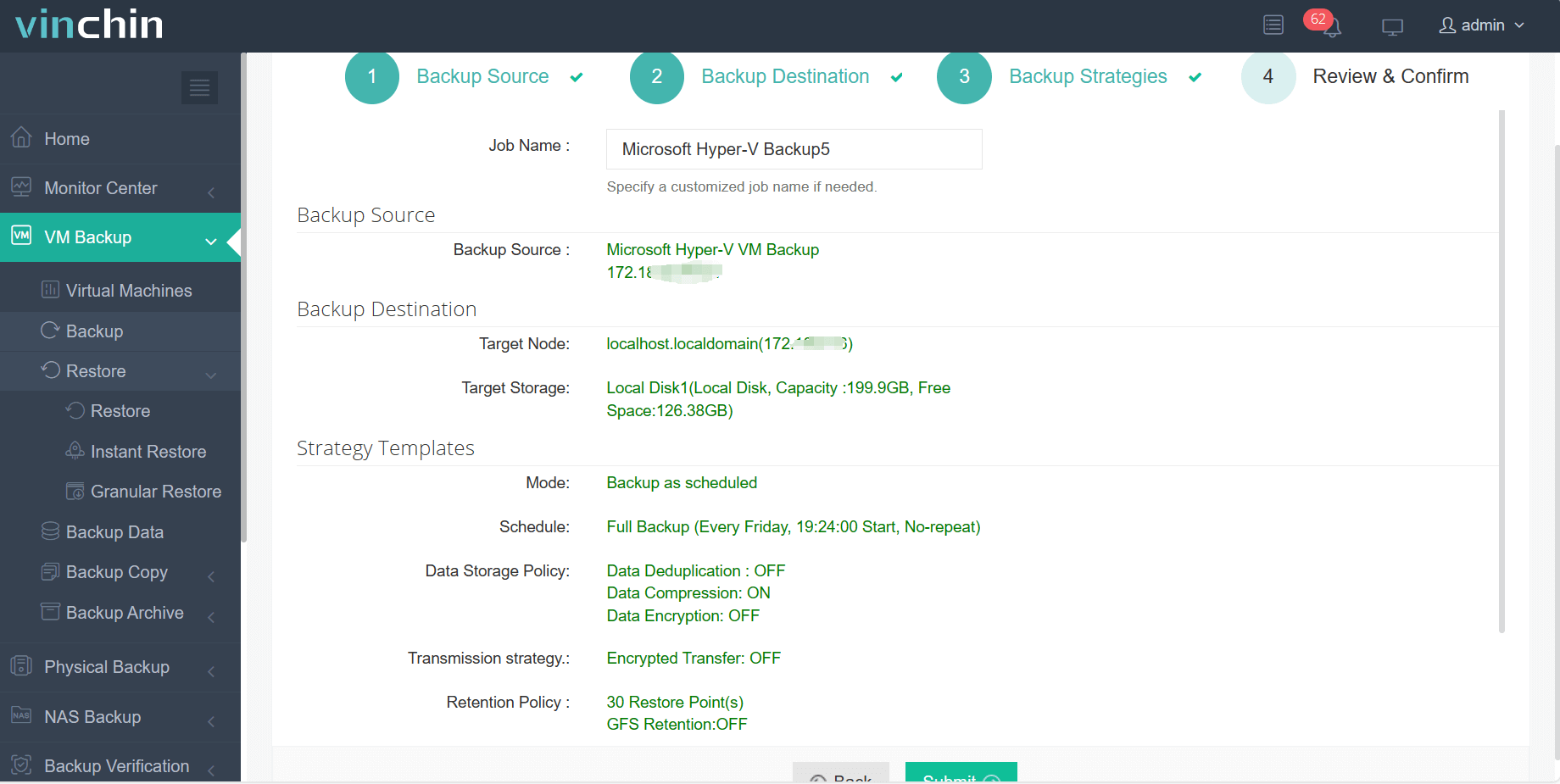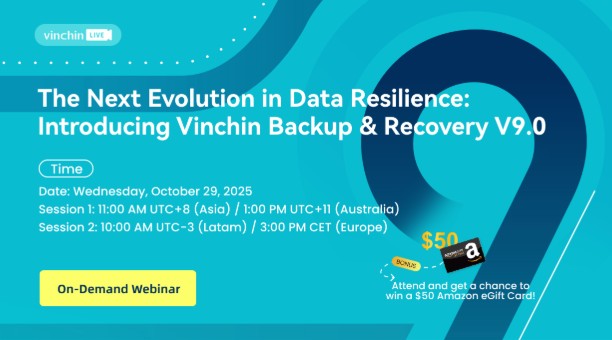-
Disaster recovery in Hyper-V environment
-
Hyper-V Backup
-
Hyper-V VM Migration
-
Hyper-V’s High Availability and Fault Tolerance
-
Hyper-V Replica
-
Hyper-V to Cloud
-
Ensure disaster recovery with a professional solution
-
Hyper-V disaster recovery FAQs
-
Conclusion
Virtualization technology has become a common IT infrastructure solution. Microsoft’s Hyper-V, as a powerful virtualization platform, is widely used across businesses and organizations of various sizes, providing efficient resource management and optimization solutions. However, with the growth of business data and increasing complexity, ensuring the security and recoverability of data within the virtualized environment has also become an important issue.
Disaster recovery in Hyper-V environment
Hyper-V is a virtualization product from Microsoft that allows for the creation and management of VMs, offering support for running Windows, Linux, and other operating systems. By dividing physical hardware into multiple virtual partitions, each virtual machine can run its own operating system and applications, thus achieving resource isolation and optimization.
Although Hyper-V provides a variety of protection mechanisms, in practice, data loss can still occur due to human errors, system crashes, malware attacks, and other factors. Data loss can not only affect the normal operation of the business but can also lead to legal liabilities and reputational damage.
When it comes to virtualization and disaster recovery, businesses have a multitude of options to protect virtual machines running Microsoft Hyper-V.
Hyper-V Backup
The backup of Hyper-V Guests is managed using the Volume Shadow Copy Service (VSS).
VSS—specifically the Hyper-V VSS writer—provides the capability to pause input/output (I/O) operations, allowing snapshots and backup actions to be performed on virtual machines, whether in the Hypervisor virtual machine manager or guests (using integrated services).
It’s important to note that Hyper-V’s internal VSS support is only for Microsoft platforms. This limitation affects the efficacy of the software when using non-Microsoft guest operating systems.
Many third-party backup systems on the market integrate with Hyper-V and VSS, including capabilities to recover application data directly from the VM itself. Microsoft also offers three disaster recovery solutions within the Hyper-V environment capable of performing basic backup and recovery services: the traditional Windows Server Backup, the data center-oriented System Center - Data Protection Manager, and the public cloud service-based Windows Azure Online Backup.
Hyper-V VM Migration
Hyper-V supports the migration of virtual machines using its live migration feature. This functionality allows virtual machines to move between hosts without experiencing interruptions or downtime.
In Windows Server 2008 R2, using live migration requires each server to be configured with Microsoft’s failover clustering and to use shared storage for virtual machine files. There are also network restrictions. Hosts must be on the same subnet, and a dedicated network is recommended for migration traffic.
The physical location of a virtual machine can be changed using storage live migration, which was introduced in Windows Server 2012. As the name implies, this feature involves moving guest files from one storage platform to another. Storage live migration can operate on a single Hyper-V server or across a Hyper-V cluster.
With the release of Windows Server 2012, Microsoft also removed the requirement for a clustered configuration, provided that the virtual machine is stored on an SMB file share. Additionally, migration can occur between separate Hyper-V instances without shared storage, known as “shared-nothing live migration.”
The choice of migration tool is determined by network and storage performance, as well as the level of activity on the virtual machine—for instance, a highly write-intensive virtual machine may struggle to keep up with the replication of I/O across the network.
There are also considerations regarding elasticity requirements. If shared storage is in place, live migration makes more sense than “shared-nothing” migration because all the virtual machine data remains on the disk, and updates occur in one location. Evidently, live migration completes faster than storage live migration, as only the memory and configuration details are transferred during the process.
Virtual machine migration itself is not a recovery tool, but it does provide the capability to reposition virtual machines in place in some disaster recovery scenarios.
Hyper-V’s High Availability and Fault Tolerance
Hyper-V offers high availability through the use of Cluster Shared Volumes and Windows Server Failover Clustering. Shared storage can be achieved by using iSCSI or Fibre Channel LUNs, or by using SMB 3.0 storage.
The loss of a host within the cluster will lead to the restart of many virtual machines on another available node. However, in practice, users may experience brief service interruptions. While Hyper-V does not have a direct equivalent to vSphere’s fault tolerance, it does provide Hyper-V Replica.
Hyper-V Replica
In Windows Server 2012, Microsoft introduced the Hyper-V Replica feature, an IP-based replication mechanism that allows for asynchronous replication of virtual machine images to a secondary location. In the event of a primary site failure, the replicated copy can be brought online at a disaster recovery location.
With the release of Windows Server 2012 R2, the feature of Hyper-V Replica was further enhanced to support replication to a third site, known as extended replication. In case of a loss at the original site, the secondary and tertiary sites continue to replicate with each other, maintaining protection for the applications.
A Hyper-V virtual machine is composed of VHD or VHDX virtual disks, along with additional files that describe the virtual machine’s configuration. If these files are all located on a shared LUN or volume, then the contents of the virtual machine can be replicated to another location, and in the event of a disaster, they can be imported into a remote Hyper-V setup. This process may require some manually written scripts and management to implement.
Hyper-V to Cloud
An alternative to using a secondary data center is to replicate virtual machines to a public cloud. Microsoft operates its Azure cloud platform and offers infrastructure services that facilitate the migration and recovery of virtual machines to and from an on-premises Hyper-V environment using Azure Site Recovery (ASR).
Ensure disaster recovery with a professional solution
Vinchin Backup & Recovery is designed to provide comprehensive data protection and disaster recovery for virtualized environments, including those using Microsoft Hyper-V. It is developed to address the needs of businesses looking for reliable and efficient ways to backup and restore their virtual machines in the event of data loss, system failures, or other catastrophic events.
It also supports VMware vSphere, XenServer, XCP-ng, oVirt, RHV, OpenStack, Proxmox, etc. and database, NAS, file server, Linux & Windows Server, etc. Tailored for virtual environments, Vinchin offers automated backups, agentless backup, LAN/LAN-Free options, offsite copying, instant recovery, data deduplication, and cloud archiving. With data encryption and ransomware protection, it provides dual insurance for Hyper-V VM backups and supports easy migration between Hyper-V and other platforms.
It only takes 4 steps to backup Hyper-V VMs with Vinchin Backup & Recovery:
1. Select the backup object.

2. Select backup destination.

3. Select backup strategies.

4. Review and submit the job.

Come on and experience the full capabilities of this robust system with a complimentary 60-day trial! Contact us with your requirements, and you will receive a tailored solution for your IT landscape.
Hyper-V disaster recovery FAQs
1. Q: How does backup differ from replication in Hyper-V?
A: Backup involves creating a copy of the data at a specific point in time, which can be stored and recovered later. Replication, on the other hand, involves continuously copying changes to a secondary location, allowing for more up-to-date recovery points and quicker failover.
2. Q: What are the key components of a Hyper-V disaster recovery plan?
A: A Hyper-V disaster recovery plan typically includes:
An inventory of VMs and their roles.
An assessment of the RPO and RTO for each VM.
Procedures for backing up VMs and ensuring backups are stored off-site.
Processes for replicating VMs to a secondary site.
A clear plan for failover and failback.
Regular testing of the disaster recovery process.
Conclusion
Hyper-V’s disaster recovery options allows organizations to tailor their strategies to their specific needs, whether that involves traditional on-premises backups, live migrations within a data center, or leveraging the power of cloud-based solutions for enhanced flexibility and scalability. It’s imperative for businesses to develop a comprehensive disaster recovery plan that ensures minimal downtime and maximizes data integrity. By doing so, organizations can ensure that they are well-prepared to handle any disaster scenario, protect their operational continuity, and maintain their reputation in the face of potential disruptions.
Share on:












